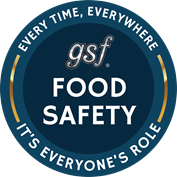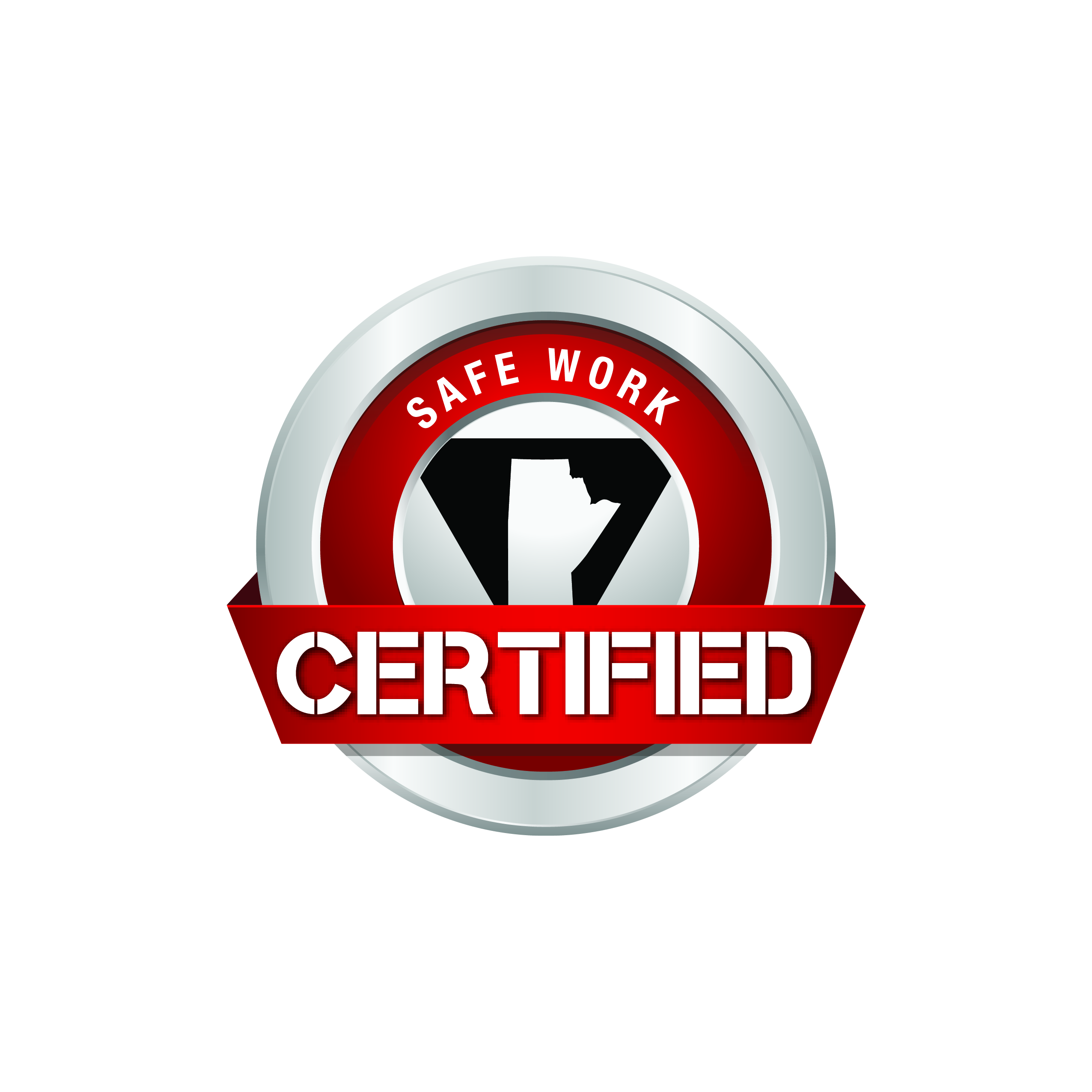Title Page
-
Site conducted
-
Conducted on
-
Assessor name
-
Operators name
-
PepsiCo GPID (if applicable) or Contractor Company
-
Work Location
Skills Audit
For workers that are new to PepsiCo ANZ and are required to operate a Powered Industrial Truck as part of their job role, operators will be assessed as Competent or Not Yet Competent to the Lift SAFE driving behaviors (regardless of holding a valid license)
-
Current valid forklift / Powered Industrial Truck license
-
Forklift is parked in a designated area with tynes tilted to ground
-
Completes pre-operation check and documents
-
Can describe process for PIT that does not meet pre-operational checks / fault found / error code
-
Wearing correct personal protective equipment (safety footwear, hi visibility uniform
-
Operator is able to explain the basic traffic management requirements of the area (speed limits, direction of traffic, special conditions – roller door, trailer access, side loading truck requirements)
-
Seatbelt is worn (where fitted)
-
Where available, assessor reviews prior 1 month of forklift operation data for operator to identify any behaviours / trends / incidents
-
COMMENTS AND OBSERVATIONS
LIFT S.A.F.E.
-
One Move at A Time – demonstrates operating the PIT in one plane of movement at a time (for example : 1 – turn to face load, 2 – lift tynes, 3 – Extend tynes into pallet, 4 – engage with load, 5 – lift, 6 – Retract load from racking, 7 – lower load, 8 – turn to direction of travel, 9 – proceed)
-
Only begins travel once mast & tynes is in lowest reasonable position
-
COMMENTS AND OBSERVATIONS
-
To Be Aware – can explain what ‘To be Aware’ means
-
Completes head check prior to changing direction / turning
-
Maintains maximum visibility of the surrounding area
-
Travels in reverse when cannot see over load
-
Uses mirrors including mirrors in location e.g. convex mirrors
-
Checks visibility on camera for high bay racking (where fitted)
-
Operator can identify potential hazards / obstacles in area of operation
-
Adjusts speed appropriate to the traffic management requirements or potential hazards in area, shared pedestrian zones
-
COMMENTS AND OBSERVATIONS
-
Distance of 3 – can explain what ‘Distance of 3’ means
-
Maintains 3m clearance between other forklifts or waits to allow other forklifts to finish activity before proceeding
-
Operator uses horns, visual cues, eye contact to communicate with others in the area
-
Maintains 3 m operating distance from pedestrians e.g. ensures drivers are in Driver Safety Areas before loading
-
COMMENTS AND OBSERVATIONS
-
S.T.O.P means STOP – operator fully stops forklift, toots horns, observes any other traffic / hazards, ensures it is safe to proceed before travelling
-
Applies S.T.O.P when coming to the end of aisles, driveways, doorways, rapid rollers, and intersections where you do not have right of way
-
COMMENTS AND OBSERVATIONS
-
Safe Work Load – can explain what ‘Safe Work Load’ means
-
Can identify load plate and safe work load capacity of forklift in at least 2 different load positions
-
Checks load is safely stack and stable prior to moving
-
Pallet centre of the forklift (use of side shift as needed
-
Forklift square on the load / pallet before the lift
-
Travels at appropriate speed for load stability
-
Carries load as low as reasonably possible when travelling
-
Ensure tynes are retracted when travelling
-
Parks forklift in designated area (not blocking access or creating safety issue)
-
Removes key (if applicable)
-
COMMENTS AND OBSERVATIONS
Assessment Outcome:
-
Competent
-
Not Yet Competent – not allowed to commence PIT operation on PepsiCo site
-
Action Plan if not yet competent
-
Operator signature
-
Date
-
Assessors signature
-
Line manager signature
-
When assessment has been completed please select yes to submit.




















